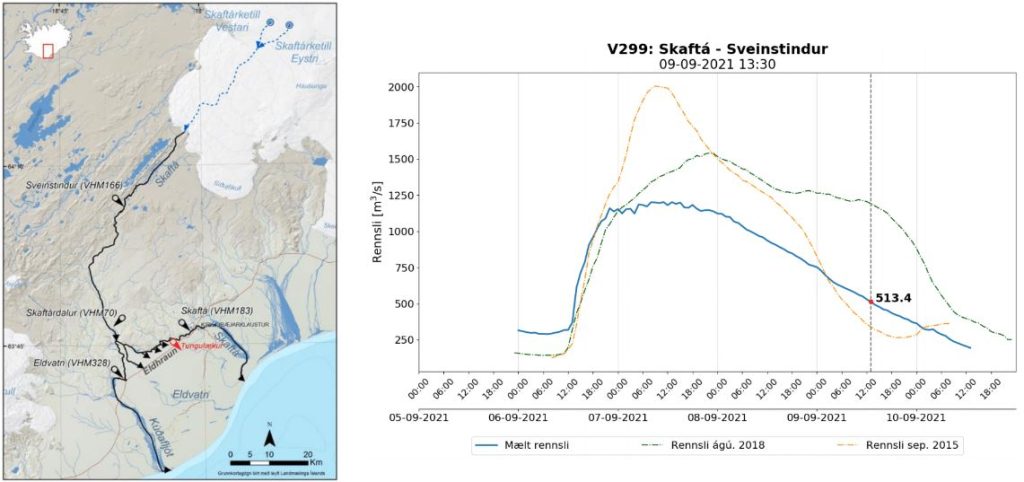Exascale supercomputers to evaluate and forecast geohazards
CSC participates to the new European HPC Centre of Excellence ChEESE, the European High-Performance computing Centre of Excellence for Exascale on Solid Earth. The CoE aims to evaluate and forecast geohazards, with civil protection as a primary objective.
The CoE address multiple challenges posed by geohazards and develops accurate predictions with the help of supercomputers including the LUMI, the fastest supercomputer in Europe, hosted by CSC.
Rapidly rising glacier outburst floods (jökulhlaups) present a challenging problem for modelling. CSC will bring its expertise to the CoE by contributing with Elmer/Ice software. Together with Icelandic Meteorological Office, CSC will implement a model for simulations of jökulhlaups in Elmer/Ice and help porting natural hazard applications to LUMI supercomputer.
– This centre of excellence is a unique opportunity to promote the further development and porting of applications – CSC’s Elmer/Ice amongst them – related to natural hazards to Europe’s new flagship
computer, LUMI, and enable critical urgent computing in case of the event of a natural disaster in order to increase the safety of those people being affected, both inside Europe and all over the world, said Thomas Zwinger, glacier modelling specialist at CSC.


The CoE pursues the following main objectives:
- To prepare 11 community flagship codes to address 12 domain-specific exascale Computational Challenges, enlarging the areas covered during the first implementation phase of the project with additional disciplines.
- To develop a new generation of 9 Pilot Demonstrators for scientific problems requiring exascale computing.
- To use these Pilot Demonstrators in 15 Simulation Cases of particular relevance in terms of science, social relevance, or urgency.
– We are looking very much forward to cooperating with a large number of partners from academics and industry to utilize the latest investments in European HPC infrastructure in connection to natural hazard forecasting, said Jussi Heikonen, development manager at CSC.
– The ChEESE iniative will enhance the capabilities of European Solid Earth community and enable us to enable services related to urgent computing, early warning, geohazard assessment, and data analysis for European civil protections, said Arnau Folch, CSIC Professor and ChEESE project coordinator.
The CoE ChEESE is coordinated by the Spanish National Research Council (CSIC), being co-funded with more than €7 million by the European Commission and national funds from ten other European countries. The new CoE ChEESE is the second phase of a successful research project that was coordinated by the Barcelona Supercomputing Center until 2022.
A range of world-class academic and industry partners from across Europe are participating in the CoE, such as: Atos, Barcelona Supercomputing Center, Centre National de la Recherche Scientifique, CINECA, CSC – IT Center for Science, Instituto Nationale di Geofísica e Vulcanologia, Institut de Physique du Globe de Paris, Johannes Gutenberg-Universitat Mainz, Lundwig-Maximilians-Universität Münich, Ruder Boskovic Institute, Sorbonne Universite, Stiftelsen Norges Geotekniske Institutt, Technical University of Munich, Universidad de Málaga, Unversität Stuttgart and the Icelandic Meteorological Office.
More information
Thomas Zwinger, Glacier Modelling Specialisrt, CSC
email: Thomas.Zwinger at csc.fi
Jussi Heikonen, Development Manager, CSC
email: Jussi.Heikonen at csc.fi
